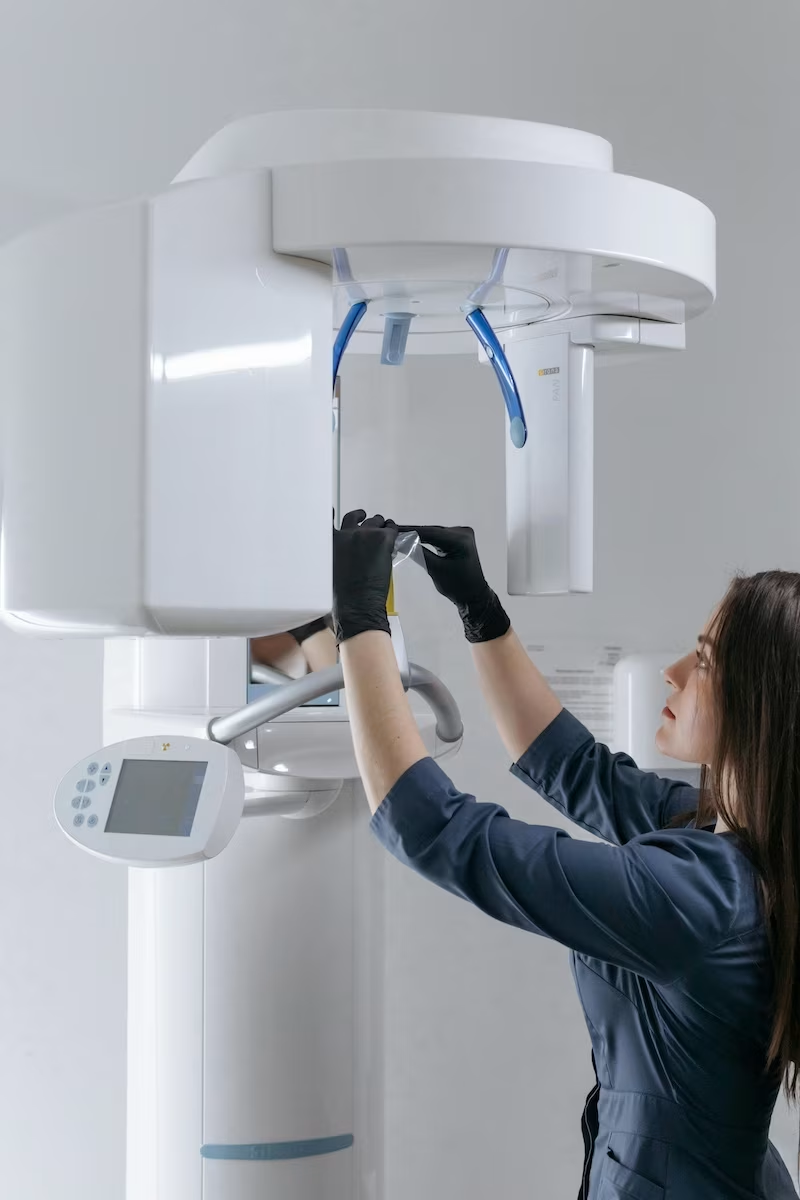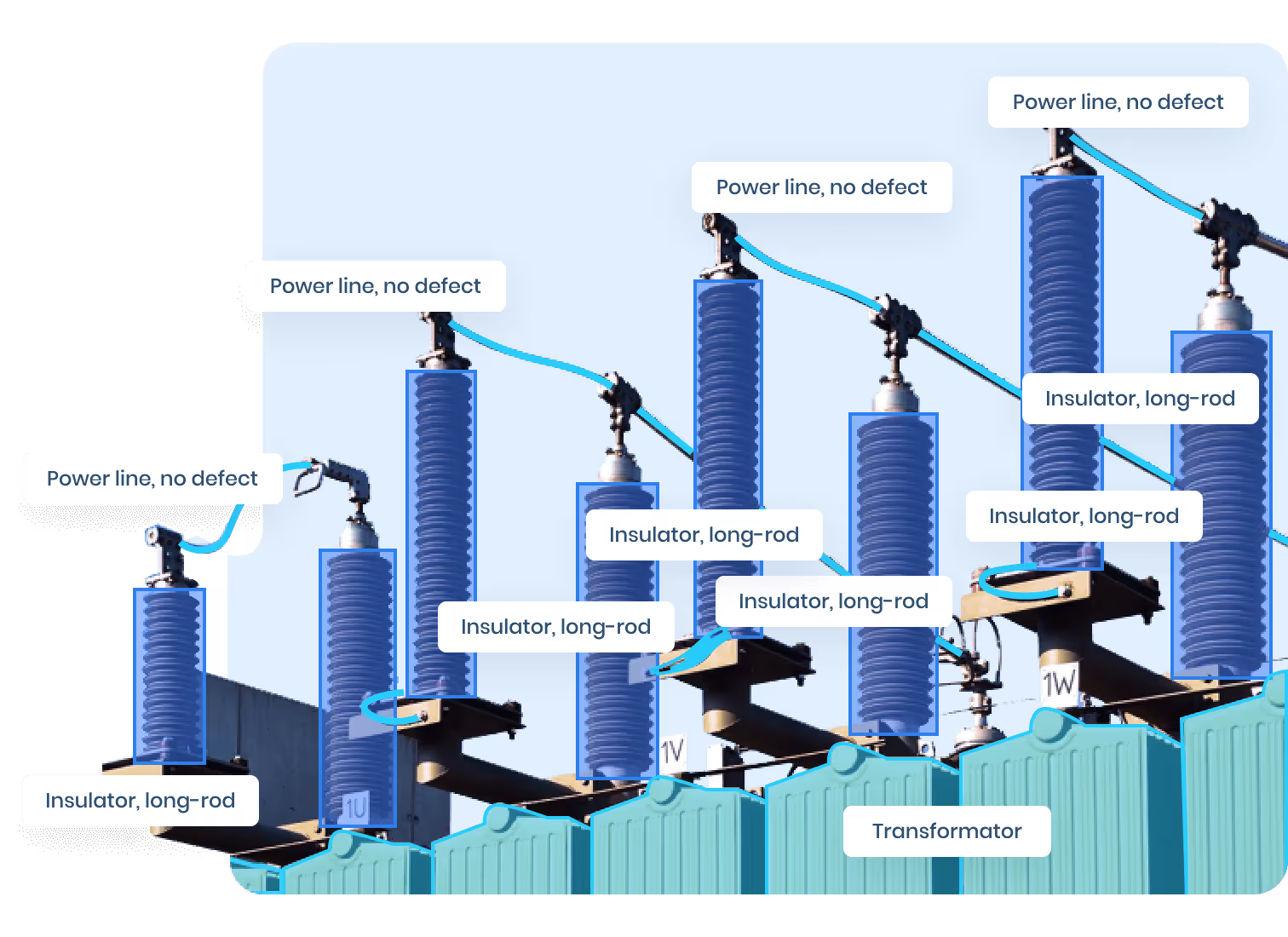HIPAA-Compliant Image Annotation for Medical AI Startups: How to Stay Secure and Scalable 🛡️
Medical imaging fuels some of the most promising breakthroughs in AI—from early cancer detection to automating radiology workflows. But if your startup handles patient data, you're navigating a legal minefield. HIPAA (Health Insurance Portability and Accountability Act) isn’t optional—it’s the gatekeeper for any AI system working with Protected Health Information (PHI).
And that includes your image annotation pipeline.
If you're building a medical AI product and using real-world data—CT scans, MRIs, pathology slides, endoscopy videos—you need to treat annotation with the same rigor as model development. That means secure storage, rigorous access control, and audit-ready documentation. This guide shows you how.
Why HIPAA Compliance Matters from Day One
HIPAA is more than a checkbox—it’s a trust signal for hospitals, investors, and regulators. Early-stage startups often think they'll “deal with compliance later,” but in healthcare, that's a deal-breaker. For any startup building AI training datasets in healthcare, ensuring proper HIPAA annotation is foundational. Annotating sensitive images without following HIPAA guidelines could expose you to severe legal and reputational risks.
Here’s why it pays off to start with HIPAA in mind:
- ✅ Access to real hospital datasets: Many research institutions won’t share imaging data unless your pipeline is compliant.
- ✅ De-risks partnerships: Hospitals and CROs will audit your data handling processes. A HIPAA-compliant annotation pipeline passes the test.
- ✅ Boosts investor confidence: Serious medtech investors ask tough compliance questions. “We’re building with HIPAA in mind” is a powerful answer.
- ✅ Accelerates FDA pathways: If your AI system is a Software as a Medical Device (SaMD), regulatory alignment starts with compliant training data.
What Counts as PHI in Medical Images? 🔍
You might think a brain MRI or a lung CT is “just an image.” But under HIPAA, anything that can be used to identify a patient is PHI.
Medical images can contain:
- Embedded metadata (DICOM tags with patient name, date of birth, facility ID)
- Facial features (in head CTs or 3D reconstructions)
- Burned-in text (e.g., in ultrasound frames)
- Timestamped data that can be cross-referenced
Even if you're not storing names or emails, these details make the data identifiable. That means every image used in your training or annotation pipeline must be protected under HIPAA standards.
Designing a HIPAA-Compliant Annotation Workflow 🏗️
Your medical data annotation pipeline must prioritize security at every stage—from ingestion to export. Every system in the annotation flow should support compliant annotation requirements, including encryption, access control, and audit logging.
Let’s walk through how to build an annotation pipeline that checks all the compliance boxes—and doesn’t hold you back from scaling.
Data De-identification Is Not Optional
Before a single image is uploaded for annotation, strip it of PHI. This includes:
- Removing DICOM tags like PatientName, PatientID, and StudyDate
- Blurring or cropping facial features in imaging modalities like CT and PET
- Using DICOM anonymization tools such as
dcmdumporpydicom
💡 Pro tip: Automate this step before upload. Don’t leave it to human discretion.
Secure Infrastructure and Encrypted Transfer
Data should never be transferred via email or stored on personal devices. Use:
- Encrypted S3 buckets or HIPAA-compliant cloud storage (e.g., AWS with signed BAA)
- HTTPS for all web interfaces
- End-to-end encryption for internal communication channels (Slack, email, etc.)
- VPN or IP whitelisting for annotator access
If you're using a third-party annotation platform, make sure it offers HIPAA-compliant hosting and has signed a Business Associate Agreement (BAA).
Role-Based Access Control (RBAC)
Limit data visibility by:
- Granting access only to specific cases based on annotator role
- Masking identifying regions in annotation UI
- Restricting dataset downloads and screen capture
Implement logging systems to track who accessed what, when, and from where.
Ensure data privacy and compliance with our Medical Image Segmentation tailored for HIPAA-sensitive datasets.
How to Vet and Manage Your Annotation Workforce 🧠
Poorly trained annotators can introduce both quality issues and HIPAA violations into your AI training datasets. That’s why proper workforce training is as essential as the labeling itself in a compliant medical data labeling pipeline. Whether you're hiring radiologists or outsourcing to annotation vendors, make sure your annotators understand the stakes of medical data compliance.
Train Annotators on Privacy Protocols
Provide HIPAA-focused onboarding that includes:
- Understanding PHI and de-identification
- Proper platform usage
- Incident reporting protocols
Make sure they sign NDAs and HIPAA confidentiality agreements before any access is granted.
Internal vs. External Workforce
- In-house annotation gives you better control but scales slower.
- Third-party vendors can move fast but must be vetted thoroughly. Choose providers with healthcare experience and willing to sign a BAA.
Building Annotation Pipelines That Scale with Compliance 🚀
To train reliable AI systems, your startup needs AI training datasets that are both scalable and defensible. A HIPAA-aligned pipeline ensures that every step of medical data labeling contributes to regulatory and clinical readiness.
Startups often get stuck between two extremes: either they build an ultra-secure system that's too rigid, or they move fast and break compliance.
You need both security and agility. Here’s how to design a scalable yet compliant pipeline:
Use Modular Microservices
Break down your annotation workflow into microservices:
- Preprocessing & de-identification
- Secure upload module
- Annotation interface
- Post-processing and QA
- Audit logging and export
Each module can scale independently and be monitored for security compliance.
Enable Audit Trails
You should be able to answer at any time:
- Who annotated this image?
- When did they access it?
- Was there any PHI exposure?
Use timestamped logs with immutable storage. This is crucial for FDA submissions and insurance partnerships.
Automate Versioning and Quality Control
When updating your ground truth or re-annotating a dataset, version control is key. Track:
- Annotation versions
- Reviewer comments
- Changes over time
This is especially vital for clinical-grade datasets used in FDA filings.
For unstructured data like doctor’s notes or reports, explore our NLP & Text Annotation services.
What Medical AI Startups Often Get Wrong ❌
Many promising medical AI projects fail to get past pilot because of compliance oversights in the data pipeline. Common missteps include:
- Relying on academic datasets without checking consent or PHI
- Using freelancers on non-HIPAA platforms
- Annotating images manually with tools like Photoshop (!)
- Delaying de-identification until after annotation
These shortcuts can lead to major legal risks, reputational damage, and lost funding.
GDPR vs. HIPAA in Medical Imaging 📍
If you're operating globally, you also need to juggle GDPR (for EU patients) and HIPAA (for US patients). They overlap in many ways, but with key differences:
HIPAA
- Applies to healthcare providers, payers, and business associates
- Focuses on PHI (Protected Health Information)
- No explicit “right to be forgotten”
- US-based enforcement by HHS OCR
GDPR
- Applies to any entity processing EU personal data
- Covers all personal data (not just health-specific)
- Data subjects can request deletion (“right to be forgotten”)
- EU-based enforcement by Data Protection Authorities (DPAs)
If you’re working with multinational datasets, design your annotation process to meet the stricter requirements of both.
Partnering with Hospitals: What They Look For 🏥
Hospitals won't risk a data breach because of a startup’s sloppy annotation process. Here’s what they’ll ask:
- Is your data platform HIPAA-compliant and under BAA?
- How is the data de-identified and stored?
- Who accesses it and under what controls?
- Can you provide an audit log?
- Are your annotators medically trained or QA’d?
Having documented answers to these questions is a fast track to trust—and a pilot contract.
Annotation for FDA Approval and Clinical Deployment 🧾
If your AI is headed toward regulatory clearance (510(k), De Novo, CE Mark), your training data becomes a legal artifact. Expect auditors to review:
- The annotation protocol used
- Who annotated the images and their credentials
- Data versioning
- Clinical validation sets
- QA records
Your annotation pipeline is part of your Quality Management System (QMS). Treat it accordingly.
See how our data Annotation expertise supports diagnostic model training with accuracy and speed.
Getting Investor-Ready with a Secure Data Pipeline 💼
When you can prove that your HIPAA annotation workflow is secure, efficient, and validated, your AI training datasets become a strategic asset, not just a technical milestone. Venture funds in digital health are increasingly cautious. A secure annotation pipeline is now a marker of operational maturity.
Here’s how to present it in pitch decks:
- “Our data annotation is fully HIPAA-compliant and under BAA with AWS and Labelbox.”
- “Each image is de-identified with automated DICOM scripts before upload.”
- “Audit logs, access control, and annotation versioning are integrated in our QMS.”
This positions you not just as a tech innovator—but as a future clinical partner.
Real-World Examples of HIPAA-Aligned Medical AI Success 🏆
- Aidoc: Built a radiology triage tool with hospital partnerships based on HIPAA-compliant pipelines. Now FDA-cleared and widely deployed.
- Viz.ai: Used HIPAA-secure annotation to train its stroke detection AI, which helped secure a CE mark and multi-hospital adoption.
- Arterys: Developed a cloud-native annotation stack under BAA, later acquired by Tempus for its compliance and scalability.
Let’s Make It Easier: Streamline Your Path to Compliance
Compliance doesn’t have to stall your innovation. It can become your differentiator.
If you're looking for a way to build secure, HIPAA-aligned image annotation workflows—whether in-house or via a partner—start with a checklist:
✅ De-identification pipeline
✅ HIPAA cloud storage with BAA
✅ Secure annotation platform
✅ Trained and NDA-bound annotators
✅ Audit trails and access logs
✅ Documentation aligned with FDA readiness
Let’s Build Something That Hospitals Can Trust 🩺
Creating medical AI isn’t just about having a great model—it’s about proving you handle data responsibly. If you're ready to scale your annotation process while staying HIPAA-compliant, start now.
Reach out to partners who understand both AI and compliance. Or better yet, explore how we can support your next step toward clinical deployment.
📩 Got a question or project in mind? Let’s make your annotation pipeline HIPAA-proof—together. Contact DataVLab
This article is for informational purposes only and does not constitute legal advice. For compliance matters, consult a certified healthcare compliance expert.

























